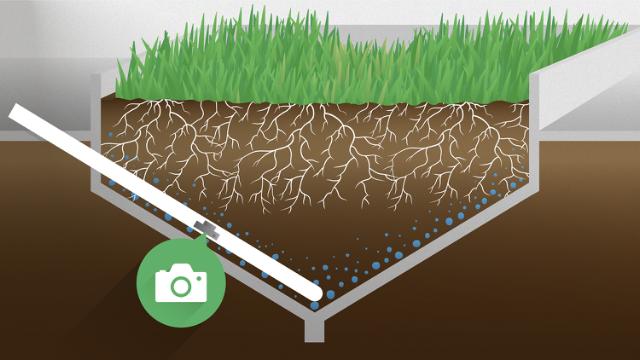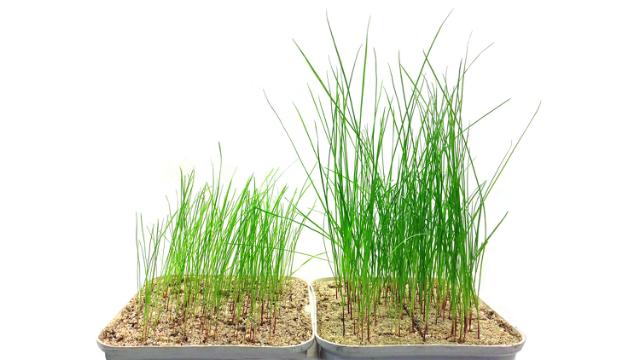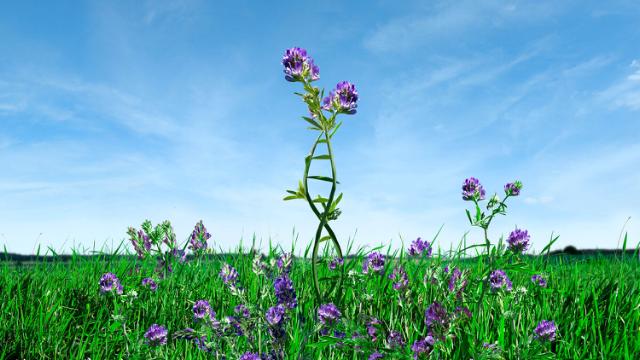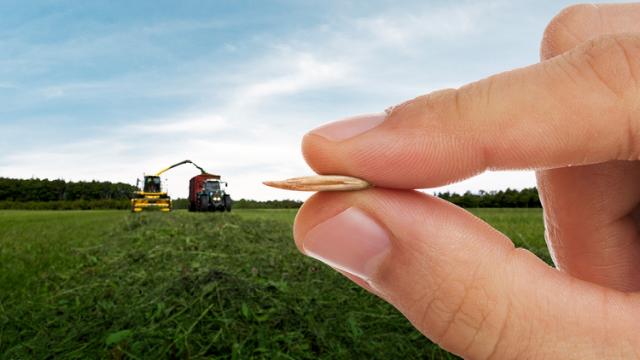
Roots
Changing environmental and climatic conditions challenge your forage production. Grasses that can better handle spring and early summer drought will result in a healthy and high yielding crop.
Tall fescue is a persistent, long lived, high yielding and deep-rooted bunchgrass. Its growth starts very early and it will head very early, but after first cut it tend not to form stems again leaving but only give vegetative growth of broad, shiny and upright leaves. It is a specie well adapted to cool and humid climate and for most soils. it will even grow fairly well in soils of low fertility but it is better adapted to fertile conditions. Tall Fescue will produce top growth when soils are as cold as 5 degree Celsius and even grow into late fall. It is also one of the most drought tolerant species and has proven to be tolerant of ambient temperature in excess of 30 degree Celsius over summer. Our new varieties have more flexible leaves, disease resistance, improved digestibility, and provide good growth in mild winters .
High milk or meat yields are essential for running a profitable farm.
The key to this is to keep your herds well fed with home-grown forage.
With best in class ForageMax mixtures you increase the
nutritional value of your forage and silage.

Changing environmental and climatic conditions challenge your forage production. Grasses that can better handle spring and early summer drought will result in a healthy and high yielding crop.

Everybody needs good nutrition to grow. Grass seeds are no exception. That’s why we send our ProNitro® coated seeds into the world with a packed lunch full of nitrogen that will fuel germination and growth.

High drought tolerance, excellent yield with a high protein content and not least a natural nitrogen source. The reasons for choosing DLF Alfalfa are manyfold.

Higher forage quality. Excellent tolerance. Better yields. There are plenty of great reasons to give the green light to PLUS grasses.

Our top quality grasses labeled as DLF Fiber Energy improve nutritional intake. The result is more milk and/or meat yields and at the same time a reduced climatic impact.

Our top quality grasses labeled as DLF Fiber Energy improve nutritional intake. The result is more milk and/or meat yields and at the same time a reduced climatic impact.